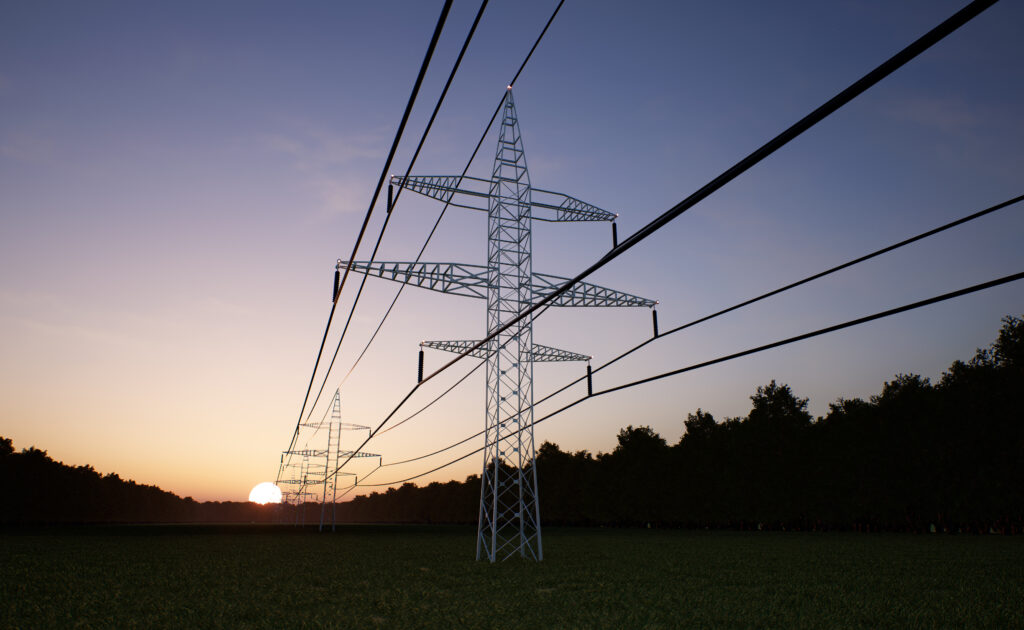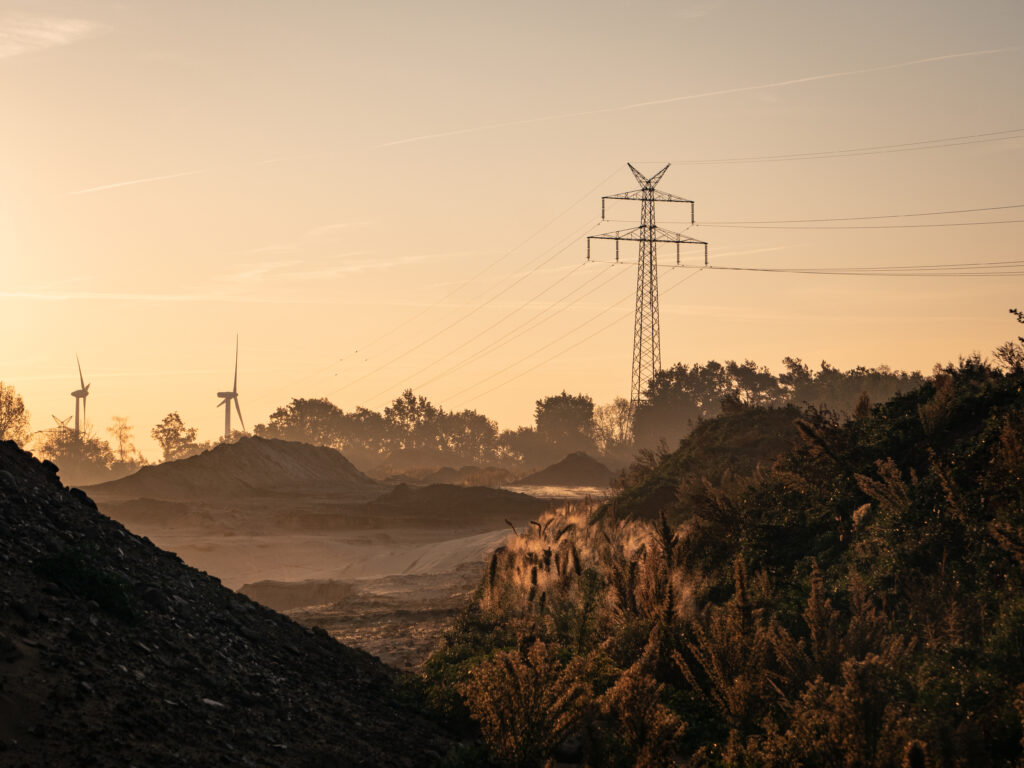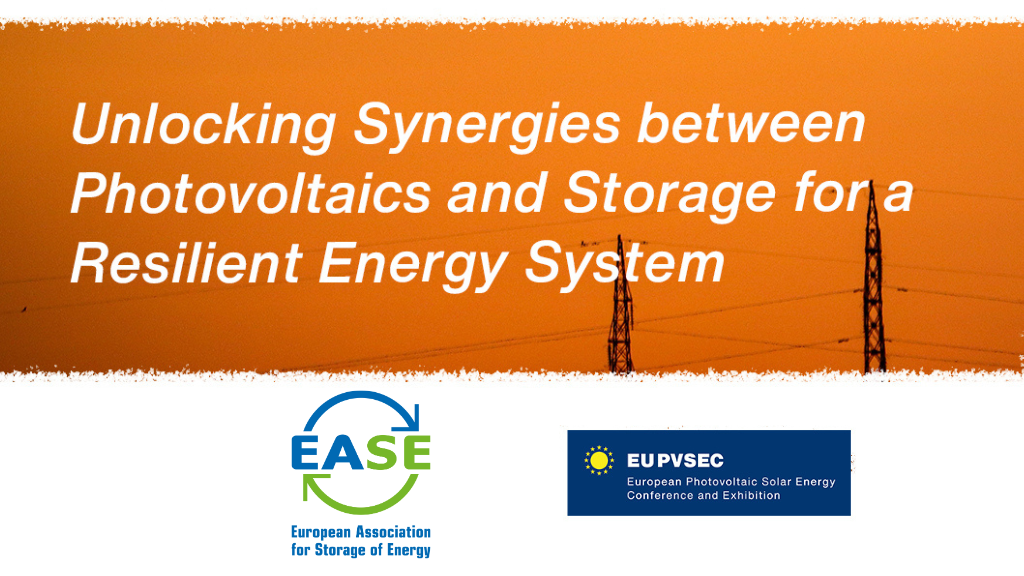14.12.2023 / News
Interview with Bjarke Buchbjerg from KYOTO on the Thermal Energy Storage
In interview with Bjarke Buchbjerg from KYOTO we discuss the Thermal Energy Storage (TES) paper prepared by EASE Task Force on Thermal Energy Storage. This analysis aims to shed light on the numerous benefits of TES by providing an overview of technologies, inspiring projects, business cases, and revenue streams.
What precisely is thermal energy storage, and can you explain how it operates?
In thermal energy storage, energy is stored as heat inside a storage medium such as a liquid or a solid. This could be water, molten salt, rocks, or metals. The storage medium is heated from a low temperature to a high temperature, effectively storing energy. The energy can then be extracted from the storage medium into other types of heat like steam or hot air. Furthermore, it can also be converted into electricity.
When seeking the most suitable thermal energy storage solution for a particular application, what factors should be taken into account?
Considering customer demand is crucial. If the demand is electricity you must generate heat that gives optimal conditions for the conversion into electricity, which is normally in the higher temperature ranges between 500-700 degrees C. On the other hand, If the demand is heat, then the focus should be on both temperature and heat quality to determine which thermal energy storage technology is most suited for the application. Here the temperatures vary between 100 degrees C and over 1000 degrees C. The great thing about thermal energy storage lies in the adaptability of storage mediums to different temperature ranges. This means that the storage medium can be tailored and optimized to suit the specific requirements of the application
Are thermal energy storage systems for residential, commercial, and industrial purposes economically feasible?
Thermal energy storage is already extensively employed in various applications. In district heating, water is used to store heat at approximately 90 degrees Celsius. Similarly, within the low to medium temperature range of 150-550 degrees Celsius, thermal energy storage is a well-established practice. In concentrated solar power, the use of molten salts for storage has been widespread for decades, with over 10 GWh already implemented worldwide. In the industrial sector, the economic feasibility of utilizing thermal energy storage for supplying heat to industrial processes has undergone a significant transformation. In just the past 2-3 years, it has shifted from being not economically viable to becoming a financially viable option. This shift is particularly significant due to the substantial influx of renewable energy, which leads to significant fluctuations in the energy market. This fluctuation provides industries with the opportunity to leverage the flexibility offered by thermal energy storage technologies. They can access extremely affordable electricity from the grid, and in some cases, even receive payment for using it to generate heat around the clock for their processes.The emergence of numerous thermal energy storage companies in both Europe and the US is a clear indication of the immense potential for industrial decarbonization. This is achieved through the deployment of flexible heat production assets within the industry.
What economic and regulatory barriers does thermal energy storage currently faces?
Firstly, thermal energy storage faces the OLD taxes which was established to discourage industries from using electricity to produce heat. Back then it made sense, considering that all electricity was primarily generated from coal, gas, or oil. It didn't make sense to convert electricity from fossil fuels back into heat. It was more efficient to locally burn fossil fuels for heat production... However, times have changed and now we have massive amounts of renewable energy assets in the electricity markets that is curtailed as the electricity cannot be used for heating purposes. These taxes now hinder industrial decarbonization efforts through electrification..
Secondly, the grid is unable to respond to the massive demand of new electrical connection needed to introduce the thermal energy storage assets to the electricity market. In many cases getting a new connection is a process that takes several years, just to get the approval for the grid extension. While thermal energy storage has the potential to optimize grid usage, this potential has yet to be acknowledged by Distribution System Operators (DSOs) and Transmission System Operators (TSOs).
Thirdly, permitting in general is a tiresome process with slow decision making and untransparent process structures allowing for massive delays.In essence, there are three primary obstacles in place that, if addressed, can expedite the decarbonization of both the electrical and industrial sectors.
Compared to 5 or 10 years ago, thermal energy storage has moved from the background to the forefront. How did that happen? Was it due to technological developments, or?
No, this shift isn't due to advancements in technology; rather, it's driven by market demand. The concept of thermal energy storage is neither new nor complex; it's been around for a while. The driving force behind this trend is the pressing need in the market.. It is as simple as when you introduce massive amounts of renewable generation, you need to couple this with load shifting possibilities. Thermal energy storage is one of the most cost-effective solutions for this and therefore the interest for these technologies has increased exponentially especially over the last 3 years. Beyond enabling efficient load shifting in the energy market, thermal energy storage also plays a vital role in decarbonizing industrial heat, which accounts for over 25% of global energy demand. It's evident that the time for thermal energy storage and sustainable, green heat has arrived.
Could you provide some insights into the EASE paper on thermal energy storage, including its objectives and purpose?
The purpose of the EASE paper on thermal energy storage is to outline the potential benefits, drive the story, on implementing thermal energy storage and to identify the necessary barriers and incentives that should be established to accelerate its commercialization.
What was the added value of having different EASE members from diverse backgrounds contribute to the topic?
The diverse backgrounds of the EASE members who has contributed to the EASE paper on thermal energy storage allowed us to show many different technologies, applications, benefits and barriers that are in place. The fact that the members are positioned in many different countries within the EU and are working within different sectors also meant that the message is based on a total view on thermal energy storage, not just from the technology providers themselves.
What should be one takeaway that readers should get from the paper and this interview?
Thermal energy storage is a readily accessible and economically viable technology. It serves as an attractive solution to help decarbonize the power sector, residential areas, and industries. Its implementation is crucial in achieving our goal of reaching net-zero emissions by 2050.




